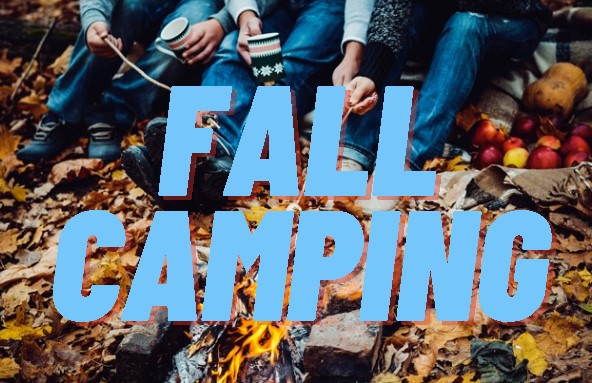Subscribe
Stay updated with our newsletter
Images provided by: depositphotos.com
Conclusion
Camping in the fall can be a wonderful experience, as long as you're prepared for the cooler temperatures and potential for cold weather. By following these tips and packing the right gear, you can enjoy a comfortable and enjoyable trip. Don't forget to check the weather forecast, bring warm clothing and blankets, and pack a space heater if necessary. Remember to follow Leave No Trace principles, stay safe, and clean up after yourself to help preserve the natural beauty of the area. With a little planning and preparation, you'll be ready to enjoy all that fall camping has to offer.

